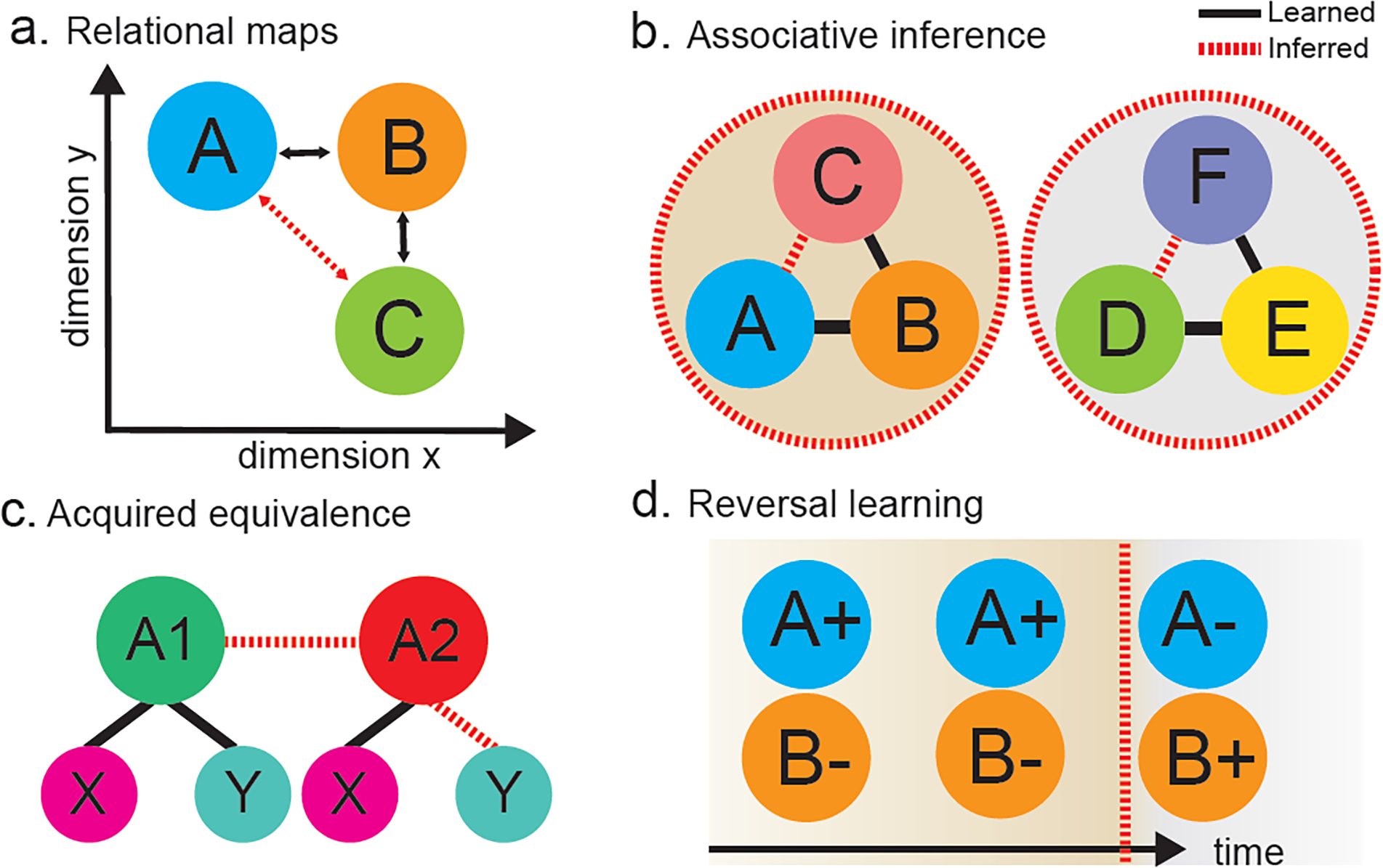Figure 1. Schematic of common experimental operational definitions of abstract task representations.

Circles represent task conditions; lines indicate relationships between conditions. Some relationships (solid black lines) are learned through direct observation, other relationships are inferred (red dashed lines). a. Relational mapping task where the relationships between pairs of task conditions along multiple dimensions or attributes is directly learned (e.g. A-B, B-C), which provide information to infer relationships that were not observed (e.g. A-C). b. Clustering of two separate triads of task conditions in a simplified associative inference task where direct associations between pairs of items (e.g. A-B, B-C) can be used to infer hidden relationships within a triad (e.g. A-C). c. Acquired equivalence task where shared associations between two conditions (e.g. A1-X and A2-X) link these conditions together so that new associations learned in one condition (e.g. A1-Y) can be transferred to the other condition by inference (e.g. A2-Y). d. A reversal learning task where visually identical task conditions in time are separated by a latent variable based on reward history (plusses and minuses).
